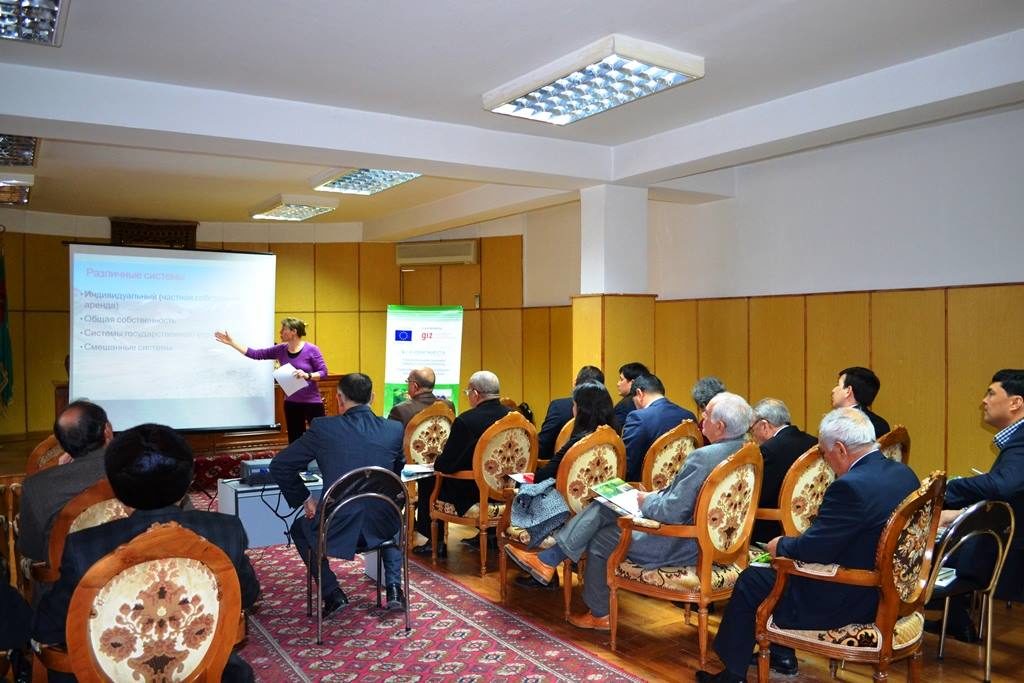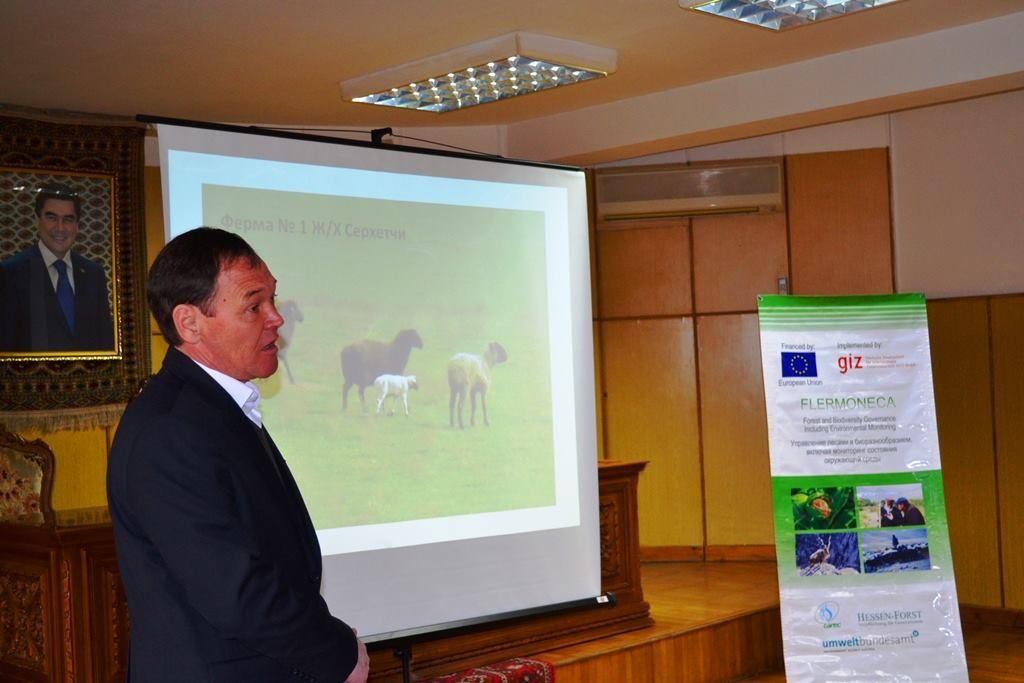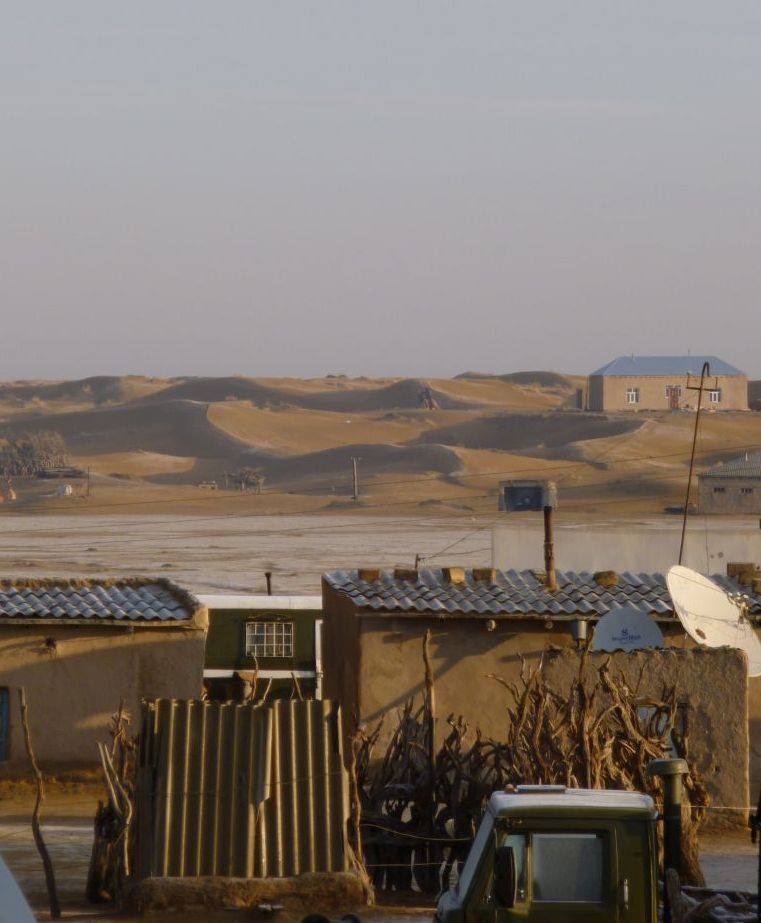Independence gained by the Central Asian countries – Kazakhstan, Kyrgyzstan, Tajikistan, Turkmenistan and Uzbekistan – after the collapse of the Soviet Union in 1991 caused serious land management issues aggravated by the economic, social, and environmental crisis. The historical development of irrigation projects, proliferation of livestock on pastures and the re-profiling of agricultural land in the steppe during communism have made land degradation a critical issue in the region that threatens the current and future livelihoods of the rural population.
Turkmenistan plans to pilot the Law on Pastures and develop important regulatory documents. The country also works on improving the legal framework of the forest sector. Some new regulatory documents are now being coordinated with the Ministry of Agriculture and Environment Protection of Turkmenistan.
The most important features of the Law on Pastures include the following:
- The Law guarantees the right to pastures for all pasture users (state, private and collective). An overview of various pasture management systems in the context of property right shows that today’s priority is public pasture management, which is the key to effectiveness. Public management promotes animal mobility compared to long-term lease of pastures, which usually limits livestock movement within a given territory. In Turkmenistan, the state is also involved in livestock raising, which also contributes to livestock mobility. The Law does not encourage a specific pasture management system, but offers various systems for sustainable pasture management with the participation of private, individual and collective pasture users.
- The Law provides for equal and fair access to pastures for all users (state and private livestock owners), giving them equal rights and enabling them to create associations of pasture users. The main objective of the Law is to provide access to pastures and in many respects to facilitate the related procedure.
- The Law promotes the environmentally sustainable use of rangelands on the basis of high mobility (movement) of livestock, which reduces the load on pastures and prevents their degradation. For this, the Law contains provisions on pasture rotation, moving livestock outside the designated pasture lands, and even distribution of livestock across pastures. In addition to that, the environmentally sustainable use of pastures is supported by the provision on paid use of pastures and short-term lease agreement based on pasture management plans.
- The Law lays down important elements targeting adaptation to climate change. The specific articles of the Law are discussed below;
- Finally, the Law on Pastures was developed in full accordance with the Turkmenistan Land Code which provides the legal framework for the control, management and distribution of pasture lands, as well as the legal regime for pasture use, the rights and obligations of land (pasture) users, etc.



